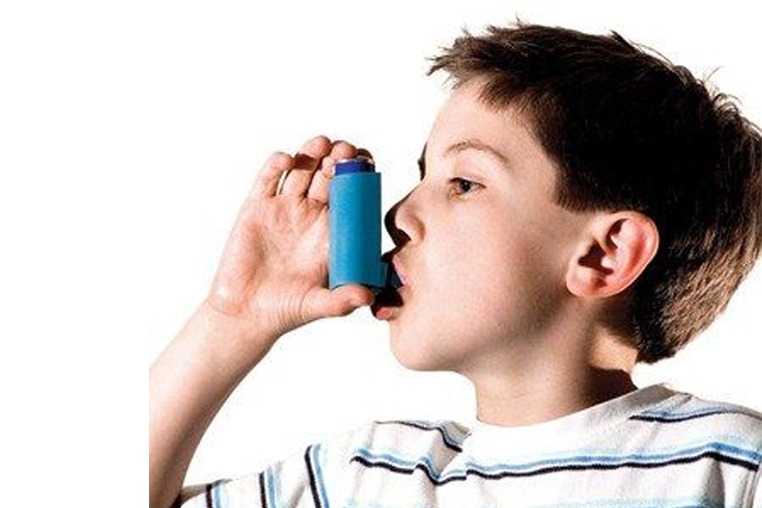First Aid Courses Canberra. Book Today. Excellent Provider. Asthma and Anaphylaxis Training. Childcare First Aid Courses.
A long-term study managing asthma during pregnancy has found a way to halve the rates of asthma attacks for expectant mothers, while paving the way for asthma prevention in their children.
Catherine Rosser, who participated in the study, has wheezed through life since she was a child, but was not diagnosed with asthma until she was in her twenties.
“At first I didn’t know what was happening. I thought, am I having panic attack?” she said.
“I felt like perhaps at some point when I’d get it quite badly, I thought I might die.”
Children whose mothers have asthma are more likely to develop the condition themselves, but Ms Rosser’s son is asthma-free.
“They [the researchers] said that his breathing capabilities and his lung capacity and function and functionality was extremely good,” she explained.
“And that he definitely had no signs of being asthmatic at all.”
Breath test helps monitor condition
When Ms Rosser was pregnant with her son 10 years ago, she was part of a trial run by the Hunter Medical Research Institute and the University of Newcastle, looking at asthma management during pregnancy.
“Asthma in pregnancy affects around 10–12 per cent of pregnant women in Australia,” Vanessa Murphy, one of the study’s key researchers from the University of Newcastle, said.
“And I don’t think we take that seriously enough because it can have major impacts on the health of both the mother and the baby.
“Women who have asthma are known to be at risk of adverse outcomes of pregnancy such as pre-term birth and low birth weight.”
The researchers gave one group a traditional asthma management plan, so expectant mums were medicated based on their symptoms, such as coughing or wheezing.
Ms Rosser was put in the second group.
“What we tested was a strategy where we measured lung inflammation, using a simple breath test, and we used the results of the breath test to determine how much medication the woman should be using and we adjusted her medication each month,” Dr Murphy said.
“What we found was this approach significantly reduced the rate of asthma attacks in pregnancy by half.
“And what we’ve done in this study is followed up the children when they were four to six years old, and looked at how many of them had asthma and we find again, almost a 50 per cent reduction in doctor-diagnosed asthma in pre-school aged children.”
The study also found that for those children who did develop asthma, they presented less often to emergency departments for asthma attacks and needed less medication to relieve their symptoms.
Findings could have huge implications
Asthma kills 400 people and causes 37,000 hospitalisations a year in Australia alone, with children aged up to 14 being hospitalised at a significantly higher rate.
With such stark figures facing the medical world, researchers believe the findings could have profound implications.
“To see such a clear and robust and impressive effect, I have to say was obviously a nice surprise,” said study researcher Joerg Mattes, from the John Hunter Children’s Hospital.
“To identify a prevention for asthma is considered to be the holy grail within our research and this finding, which is unexpectedly very clear and very significant, we believe has large implications because it is the most effective asthma prevention that has been demonstrated so far.”
Asthma Australia has welcomed the report, and said it would study the findings further.
“This is really important for prevention, for primary prevention,” said the organisation’s senior manager for research policy and advocacy Anthony Flynn.
“It’s probably the next degree of significant impact that we can have as a community after finding a definitive cure for asthma.”
The method used by researchers is currently not available to the broader community, but Mr Flynn said it could be something looked into in the future.
“A lot needs to be done in regards to understanding potentially the implication or translation of these results to other populations,” Mr Flynn said.
“It seems to have great potential in other populations but we’d have to understand that a lot better and work with the experts to work out what would be the best place for us to campaign and advocate for a duplication in practice now.”
The research is published in the Journal of Allergy and Clinical Immunology.


